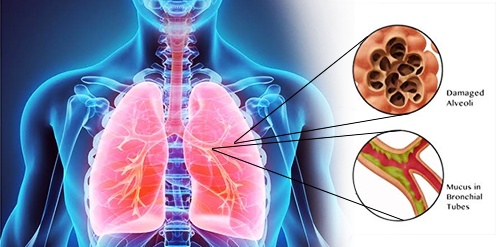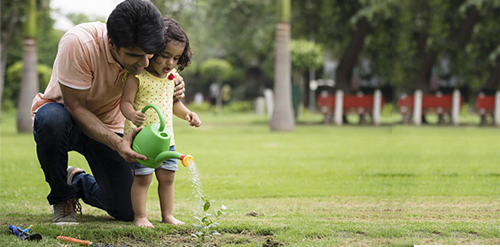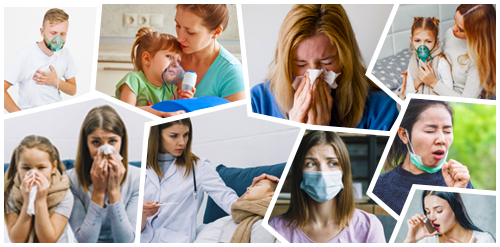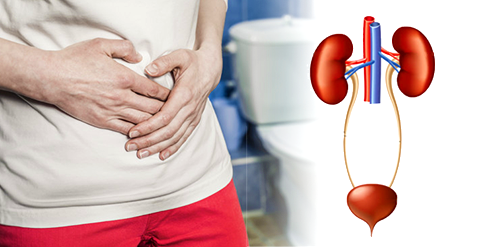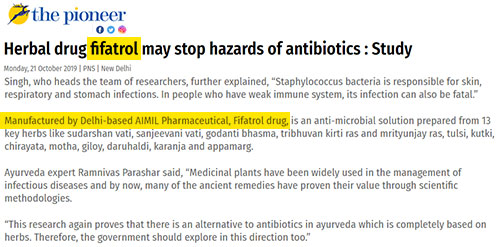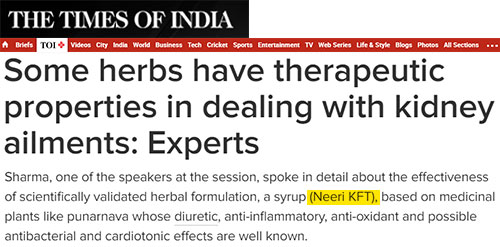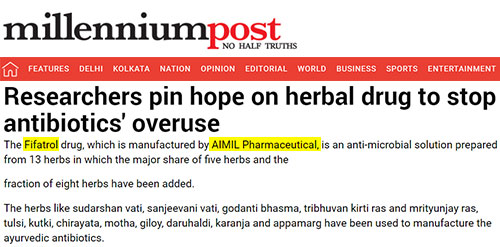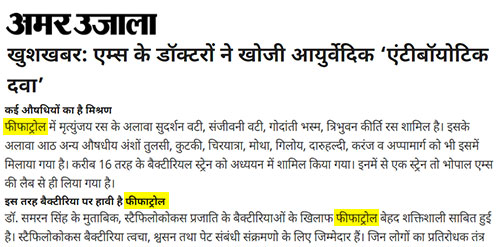“COPD (Chronic Obstructive Pulmonary Disease) a common disease with high global morbidity and mortality. COPD is characterized by poorly reversible airway obstruction, which is confirmed by spirometry, and includes obstruction of the small airways (chronic obstructive bronchiolitis) and emphysema, which lead to air trapping and shortness of breath in response to physical exertion.
In 2016, there were 251 million cases of COPD in the world and it is estimated that COPD causes 3.15 million deaths per year which is the second biggest cause of death in India today. The prevalence ranged between 2 to 22% among the men and 1.2 to 19% among women in different population-based studies across India.
FACTORS RESPONSIBLE-
COPD cases have increased by 29.2% which is a serious public health concern and this rise in prevalence is because of the change in climate, uneven life style and resistance to available therapy.
Change in climate includes rise in pollution worldwide, especially in India where the air quality is very low in major cities. WHO report says nine out of ten people are subjected to high levels of pollutants from the air they breathe and because of this exposure to fine particles in polluted air that penetrate deep into the lungs and cardiovascular system people are more prone to have severe health problems that includes URTI, Breathlessness, lung cancer, COPD and Heart diseases. Whereas, uneven lifestyle & Bad habits include cigarette smoking, pipe, cigar, and other types of tobacco smoke also can cause COPD, especially if the smoke is inhaled.
CLINICAL MANIFESTATION
At first, COPD may cause no symptoms or only mild symptoms. As the disease gets worse, symptoms usually become more severe that includes:
- An ongoing cough or a cough that produces a lot of mucus
- Shortness of breath, especially with physical activity
- Wheezing or a whistling or squeaky sound when breathe
- Chest tightness
- Colds or other respiratory infections such as the flu, or influenza.
- Swelling in ankles, feet, or legs; weight loss; and lower muscle endurance.
Available Treatment:
COPD has no cure yet. However, lifestyle changes and treatments can help to feel better, stay more active, or slow the progress of the disease. Available treatment in market for the management of COPD are– Bronchodilators, Combination medicines, Antibiotics, corticosteroid, Flu and Pneumonia shots, Supplemental Oxygen but resistance and adverse effect of these therapies Raise a big challenge.
Care as per Ancient Ayurvedic science-
Ayurveda have very safe and potent herbs like Jufa, Mulethi, Lavang, Tulsi, Gojhia, pepper, Ginger, Vasa, Kantakari, Gul Banafsha, and honey that are also used in management of COPD & URTI since ancient time. Pharmacological actions of these herbs are-
- Anti-viral: Jufa (Hyssopus officinalis), Mulethi (Glycyrrhiza glabra) & lavang (Syzygium aromaticum)
- Anti-inflammatory: Tulsi (Ocimum tenuiflorum), Gojiha (Onosma bracteatum) & Kakrasinghi (Pistacia integerrima)
- Anti- bacterial: Long pepper (Piper longum), Black pepper (Piper nigrum), ginger (Zingiber officinale)
- Bronchodilator- Vasa (Justicia adhatoda), Kantkari (Solanum virginianum)
- Anti- microbial: Honey, Pippermint (Mentha piperita) & Anjeer (Ficus carica)
- Decongestant- Gul Banafsha (Viola odorata)
Herbs mentioned above can be used to manage COPD During this increased pollution environment and even any time. But because of day to day busy life it is very difficult to collect all these herbs and prepare a remedy at home.
Keeping this in mind for the welfare of mankind Aimil Pharamaceuticals offers a combination of many herbs including all these herbs mentioned above JUFEX FORTE in therapeutic concentration that not only improves symptoms of COPD but prevents the recurrence is well.



